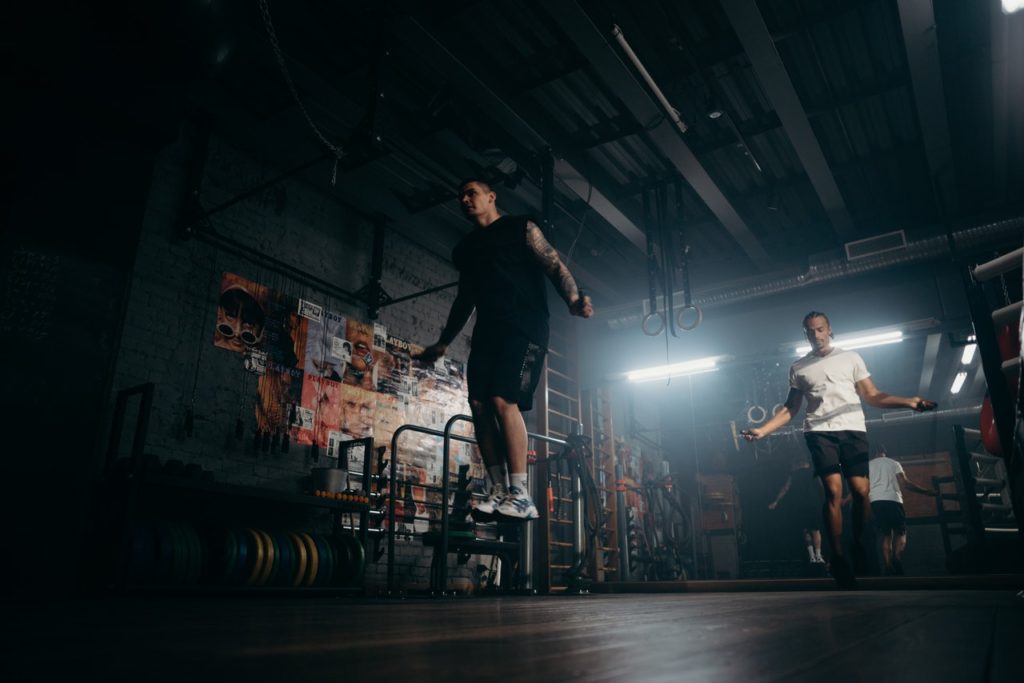The global sports and fitness industry was among the worst-hit industries since the COVID-19 crisis became a global pandemic. It caused entire countries to implement widespread lockdowns and even led to the cancellation of the 2020 Olympics slated in Tokyo, Japan.
The NBA, NFL, and other sports organizations also had to cancel games and even entire seasons, which led analysts to predict an estimated $2.2 billion loss in national TV revenue for the sports industry. Fans’ confidence was also greatly affected by the crisis according to a poll back in April 2020, which revealed that around 72 percent of American sports fans won’t risk attending sporting events without an available COVID-19 vaccine.
Fortunately for global sports and fitness, things seem to be gradually going steady as professional sports games are resuming, while gyms and other fitness facilities are slowly opening to patrons who seek to maintain their physical health amid the pandemic.
In light of these positive developments, it’s interesting to note how stadiums, gyms, commercial and public pool facilities, and other health and fitness venues are continuing their operations while adapting to the safety requirements and COVID-19 protocols issued by the WHO and federal governments.
Here are five of the ways gyms and sports venues are adapting (and should adapt to) the New Normal:
New Normal restrooms.
Sports facilities and venues have now decided to install partitions in restrooms where they are nowhere to be found pre-pandemic. These simple modifications allow athletes and fitness buffs to take a quick shower and sanitize after each gym session or game.
While they may seem like additional expenses, the benefits they offer are ultimately worth the investment. Not only do these partitions offer privacy to individual users, but they also serve as additional social distancing tools to minimize the risk of COVID-19 transmissions.
Hygiene/disinfectant items.
It’s now all too common to see toiletries, hand sanitizers, and face masks in sports and fitness facilities across the U.S. and in other countries where they have been allowed to reopen. Gym goers, spectators, and athletes can now access these hygiene and disinfectant items in strategic areas in and around these facilities. One can find them close to doors, inside locker rooms and restrooms, aisles, and other high-traffic areas.
These handy items make quick personal sanitizing easier and accessible, thus further minimizing transmission risks.
Vigorous disinfections.
Men and women dressed up in full PPE regalia are also now common sights in stadiums, gyms, pools, and other fitness and sporting facilities. These brave workers are doing one of the most critical pandemic jobs needed to lower COVID-19 transmission rates: disinfection.
Under the New Normal, sports and fitness facilities frequented by people (and even those with limited occupants) must be sanitized and disinfected several times a day. The areas where foot traffic is the heaviest such as corridors, plus the spots called high-touch areas, get the VIP treatment fit for a rock star athlete. These are welcome developments and can be considered as responsible actions from gym owners and managers in the overall fight against the deadly virus.
Social distancing/limited occupancy.
In a typical game schedule, the Michigan Stadium can seat a staggering 107,000 paying spectators, seated closely together and screaming to the top of their lungs. Typical NBA games, on the other hand, range between 15,000 and 20,000 fans, while a Green Bay Packers game can command a nearly-78,000-strong attendance. But, right now, these sporting venues and countless other sports facilities across the U.S. are either empty or can seat only a few paying customers due to the ongoing COVID-19 scare.
Under the New Normal, expect to see sporting venues with at least two empty seats between spectators. While this is never an ideal setup from the sports industry’s end (with potential revenue losses amounting to millions of dollars), many consider it to be better than nothing. In a way, it’s somehow indicative of these industry players’ love for the sport by putting it over and above their commercial interests.

Virtual crowds.
If you’ve watched last NBA season, you’ve most likely seen those large digital screens with virtual fans egging their favorite teams to score in the next basket or do the full-court press to force a turnover.
It may seem too weird and even unimaginable, but that’s the reality for some sports disciplines during the pandemic. In areas where COVID-19 active cases are still high, sports clubs will most likely play on empty venues and just content themselves with fans screaming from a pixelated screen.
As COVID-19 rages on, it’s interesting to note what other adaptation techniques owners and managers of sports venues and fitness facilities. But, if these five ones are indications, it’s not a stretch to think that they still have some strong aces up their sleeves.

